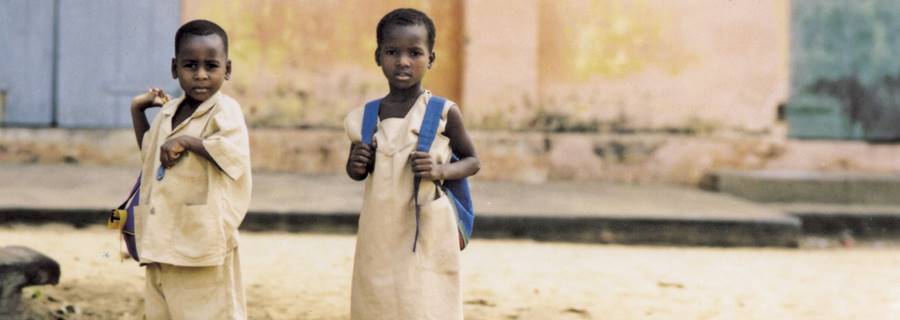Animals and the fight against poverty
About this essay
The main sources of the information in this essay are The World Bank, the International Fund for Agricultural Development (IFAD), the International Livestock Research Institute (ILRI), the International Institute for Sustainable Development, the International Food Policy Research Institute (IFPRI), Allan Savory’s 2013 TED Talk and the 2020 film Kiss The Ground.Executive summary
According to The World Bank, there are almost 700 million people living on less than $1.90 a day in 2021, which it defines as living in extreme poverty. Its data shows that four out of five of these people live in rural communities. Specialist UN agency the International Fund for Agricultural Development (IFAD) has calculated that 800 million smallholder farmers in these communities combine to look after a billion head of livestock.
Research from academics and aid agencies shows that owning and looking after animals is of incalculable value to people in poverty. The animals are a source of food that, even if in limited supply, is of high nutritional value. In these communities, this nutrition is of particular importance to children, for mental and for physical growth, and to pregnant women. Animals also provide a means of transport, of bearing loads and of working the land. Their manure is a source of fuel and of fertiliser. All of these are potential sources of income, during the animal’s life. And after slaughter, the hide and other by-products can supplement the value of the meat.
Looking after livestock also helps women in developing countries to achieve greater equality and economic independence.
In recent years, more and more farmers in all parts of the world have become convinced that planned grazing of livestock, in which the animals move from field to field, is of crucial importance to regenerative agriculture and could be our best hope of reversing climate change.




